The Revolutionary Power of Rotary Steerable Systems in ERD Drilling
Extended Reach Drilling (ERD) represents a critical technological advancement in the oil and gas industry, enabling the exploration and production of hydrocarbon reserves that are located far from the drilling site. Central to the success of Extended Reach Drilling operations are Advanced Rotary Steerable Systems, which have transformed drilling efficiency, accuracy, and overall well performance.
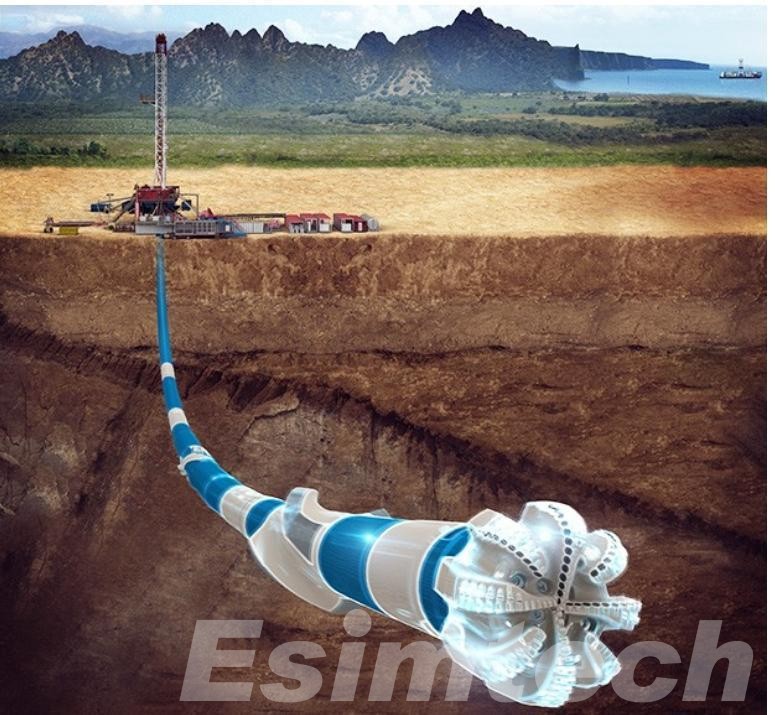
Understanding Rotary Steerable Systems
Rotary Steerable Systems (RSS) are advanced directional drilling tools that allow continuous rotation of the drill string while steering the wellbore.
Here’s a chart that outlines the key aspects of Rotary Steerable Systems
| Aspect | Description |
| Purpose | To provide precise directional control of the drill bit while rotating the drill string. |
| Key Components | 1. Control Unit: Electronics to process data and send commands. 2. Steering Mechanism: Actuators to adjust the drill bit’s direction. 3. Sensors: Measure various parameters like inclination, azimuth, and tool face orientation. 4. Telemetry System: Transmits data to the surface for real-time monitoring. |
| Steering Methods | 1. Push-the-Bit: This uses pads that push against the borehole wall to change direction. 2. Point-the-Bit: Directs the bit by tilting it to the desired angle. |
| Operational Modes | 1. Closed-Loop: Automated adjustment based on downhole data. 2. Open-Loop: Pre-programmed settings without real-time adjustments. |
| Applications | Horizontal drilling Extended reach drilling Multilateral wells Geothermal drilling |
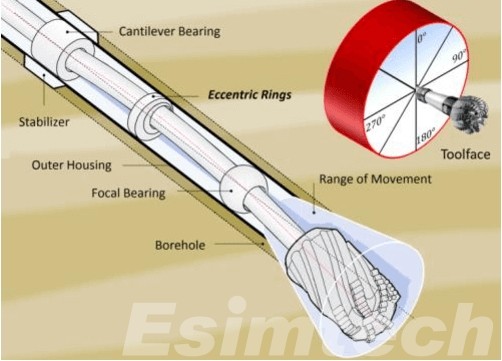
Benefits of Rotary Steerable Systems in ERD Drilling
1. Enhanced Drilling Efficiency
- Continuous Rotation: Advanced RSS allows for continuous rotation of the drill string while steering the wellbore, unlike conventional systems that require frequent stops to change direction. This continuous rotation significantly increases drilling speed and efficiency.
- Reduced Non-Productive Time (NPT): The precise control offered by Rotary Steerable Systems minimizes the time spent on directional corrections and adjustments, reducing NPT and lowering overall operational costs.
2. Improved Wellbore Quality
- Smoother Trajectory: Rotary Steerable Systems provide accurate steering, resulting in a smoother wellbore trajectory. This reduces the risks of wellbore instability, such as washouts or collapses, leading to more reliable drilling operations.
- Better Casing and Cementing: A smoother wellbore ensures more effective casing and cementing operations, which are crucial for the structural integrity and longevity of the well.
3. Increased Reservoir Contact
- Precision Placement: The high precision of advanced RSS allows for accurate placement of the wellbore within the target reservoir. This precision increases the contact area with the hydrocarbon-bearing formation, enhancing recovery rates.
- Optimized Production: By maintaining the wellbore within the most productive zones of the reservoir, Rotary Steerable Systems maximize hydrocarbon extraction, optimizing the production potential of the well.
4. Reduced Environmental Impact
- Fewer Surface Locations: ERD with Rotary Steerable Systems enables multiple reservoirs to be accessed from a single surface location. This consolidation reduces the need for multiple drilling sites, minimizing land disturbance and environmental impact.
- Lower Carbon Footprint: The increased efficiency and reduced NPT associated with RSS lead to shorter drilling times and lower fuel consumption, contributing to a reduced carbon footprint of drilling operations.
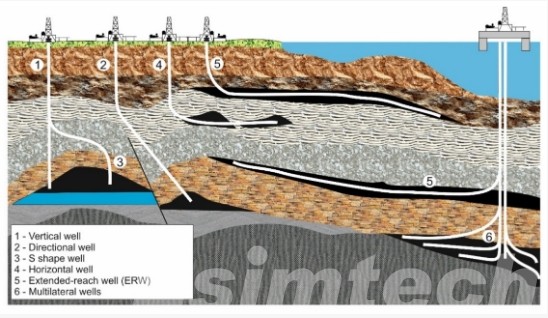
5. Real-Time Data and Enhanced Decision-Making
- Real-Time Monitoring: Rotary Steerable Systems is equipped with telemetry systems that transmit real-time data on wellbore conditions, drill bit orientation, and geological formations. This data is crucial for making informed, timely decisions during drilling.
- Adaptive Drilling: With real-time data, operators can make immediate adjustments to the drilling path, optimizing the wellbore trajectory and avoiding potential hazards. This adaptability enhances the overall safety and efficiency of the drilling process.
6. Cost Savings
- Reduced Drilling Costs: The increased efficiency, reduced NPT, and improved wellbore quality provided by RSS translate to significant cost savings. Lower operational costs make ERD projects more economically viable.
- Extended Equipment Life: The smoother wellbore and reduced mechanical stress on drilling equipment result in longer equipment life and lower maintenance costs.
7. Enhanced Safety
- Improved Stability: The precise control of wellbore trajectory reduces the risk of wellbore instability, enhancing the overall safety of drilling operations.
- Real-Time Hazard Identification: The real-time data capabilities of Rotary Steerable Systems allow for the early identification of potential drilling hazards, enabling proactive measures to mitigate risks and ensure safe drilling operations.
8. Technological Integration
- Compatibility with Automation: Advanced Rotary Steerable Systems can be integrated with automated drilling systems, enhancing drilling precision and efficiency. This integration allows for automated adjustments based on real-time data, further optimizing the drilling process.
- Future-Proofing: The ongoing advancements in RSS technology, such as the incorporation of machine learning and advanced sensors, ensure that these systems remain at the cutting edge of drilling innovation, and future-proofing ERD operations.
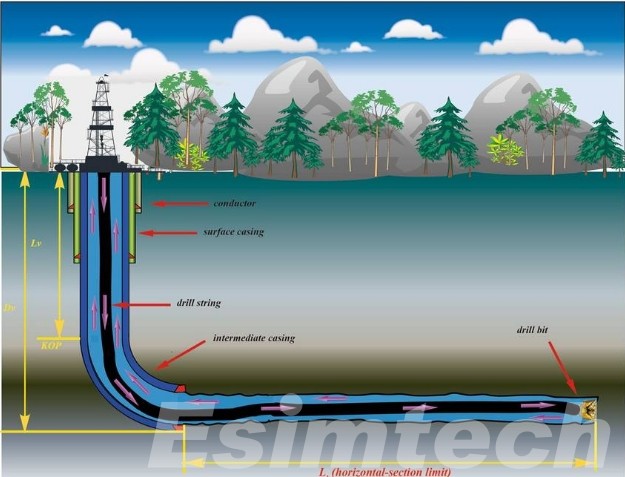
Challenges and Future Prospects for Rotary Steerable Systems in ERD Drilling
Rotary Steerable Systems have revolutionized Extended Reach Drilling by providing enhanced control and efficiency, but several challenges still impede their broader adoption and optimal performance. However, continuous technological advancements promise to address these issues, ensuring a promising future for RSS in ERD drilling.
Challenges
1. High Costs
- Initial Investment: The acquisition and deployment of advanced Rotary Steerable Systems involve significant upfront costs. This can be a major barrier, particularly for smaller drilling operators with limited capital.
- Maintenance and Repairs: The sophisticated technology of RSS requires specialized maintenance and repairs, which can be expensive and time-consuming.
2. Technical Complexity
- Integration with Existing Systems: Integrating RSS with existing drilling infrastructure and systems can be complex and may require significant modifications and investments.
- Operational Complexity: Operating advanced RSS requires highly skilled personnel. Training operators to effectively use and maintain these systems adds to the overall cost and complexity.
3. Reliability Issues
- Harsh Drilling Conditions: Rotary Steerable Systems tools often operate in extreme environments characterized by high temperatures and pressures, which can affect their reliability and lifespan.
- Mechanical Failures: Despite advancements, mechanical failures and downhole tool malfunctions can still occur, leading to costly downtime and operational delays.
4. Data Management
- Volume of Data: The real-time data generated by Rotary Steerable Systems is vast and requires robust data management systems to process and interpret it effectively.
- Data Accuracy: Ensuring the accuracy and reliability of the data is crucial for making informed drilling decisions. Any discrepancies or errors in data can lead to suboptimal drilling performance.
5. Regulatory and Environmental Concerns
- Regulatory Compliance: Adhering to regulatory standards and ensuring environmental compliance adds to the complexity and cost of deploying RSS in ERD projects.
- Environmental Impact: While Rotary Steerable Systems can reduce the environmental footprint of drilling, managing the environmental impact of drilling operations in sensitive areas remains a significant challenge.
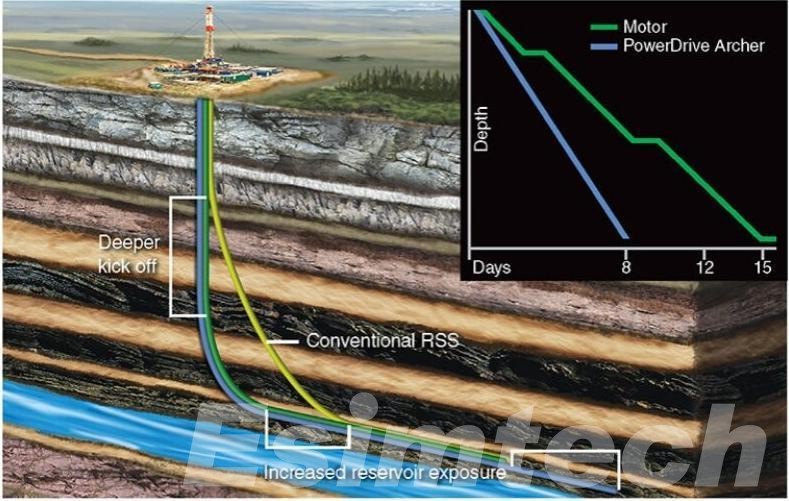
Future Prospects
1. Technological Advancements
- Improved Durability: Ongoing research and development are focused on enhancing the durability and reliability of RSS tools to withstand harsh drilling conditions better.
- Advanced Materials: The use of advanced materials, such as high-strength alloys and composites, will improve the resilience and performance of Rotary Steerable Systems in extreme environments.
2. Integration with Digital Technologies
- Machine Learning and AI: Integrating machine learning algorithms and artificial intelligence with Rotary Steerable Systems can enhance predictive maintenance, optimize drilling parameters, and improve decision-making processes.
- Enhanced Automation: Further integration with automated drilling systems will enable more precise and efficient drilling operations, reducing human error and operational costs.
3. Cost Reduction Strategies
- Economies of Scale: As the adoption of Rotary Steerable Systems increases, economies of scale will drive down costs, making the technology more accessible to a broader range of operators.
- Innovative Financing Models: Developing innovative financing models, such as leasing or performance-based contracts, can mitigate the high initial investment costs for operators.
- Optimization of Drilling Parameters: Simulation technology helps in optimizing drilling parameters such as weight on bit, rotation speed, and mud flow rates. This reduces wear and tear on equipment, minimizes non-productive time, and lowers overall operational costs.
- Reduction of Physical Testing: By relying more on virtual simulations, the need for extensive physical testing is reduced. This not only cuts costs but also accelerates the development timeline for new RSS technologies.
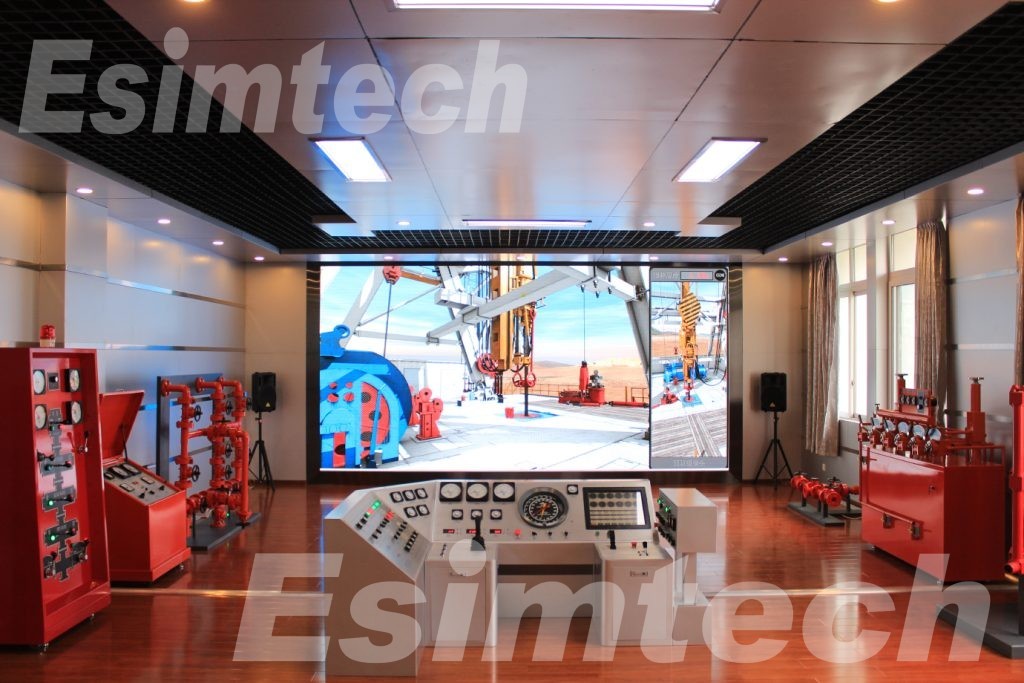
4. Improved Data Management
- Advanced Analytics: The development of advanced data analytics platforms will enable better processing and interpretation of the vast amounts of data generated by RSS, leading to more informed and accurate drilling decisions.
- Real-Time Monitoring and Control: Enhancing real-time monitoring and control systems will improve the responsiveness and adaptability of drilling operations, maximizing efficiency and safety. During drilling operations, real-time data from the wellbore can be fed into simulation models to predict upcoming conditions and potential problems. This allows for proactive adjustments to the drilling parameters, enhancing overall efficiency and safety.
5. Regulatory and Environmental Innovations
- Sustainable Practices: Continued innovation in sustainable drilling practices will minimize the environmental impact of drilling operations, helping to meet regulatory requirements and improve public perception.
- Regulatory Support: Collaboration with regulatory bodies to develop supportive frameworks and incentives for the adoption of advanced drilling technologies can facilitate broader implementation of Rotary Steerable Systems in ERD drilling projects.
Conclusion
Rotary Steerable Systems have transformed the landscape of Extended Reach Drilling, providing unparalleled precision, efficiency, and reliability. With ongoing innovations, advanced RSS will remain at the forefront of drilling technology, shaping the future of energy exploration and production.
